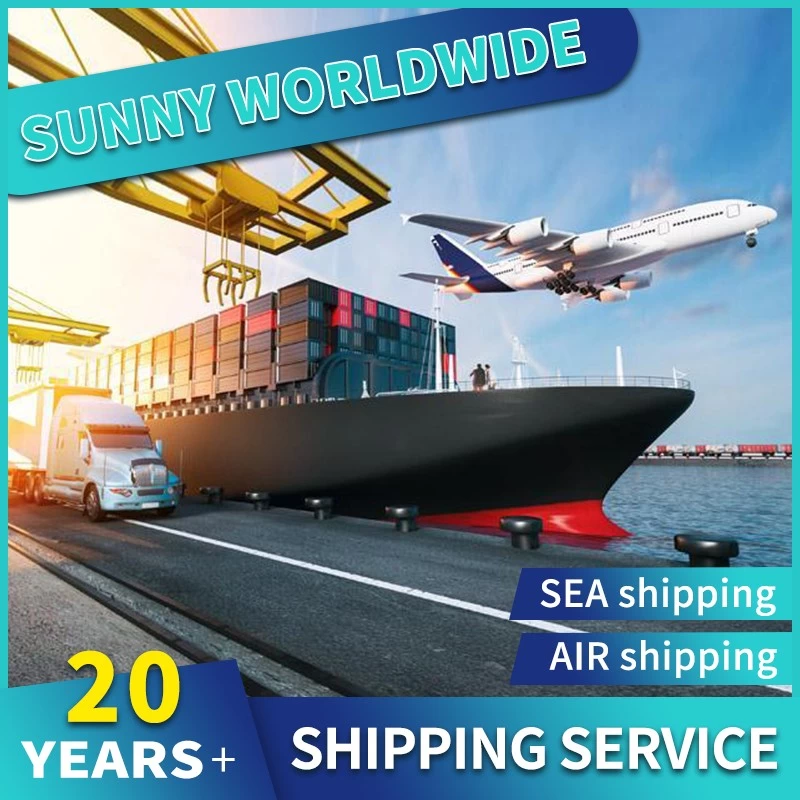FBA, due to its special advantages in Amazon, has now become the preferred logistics method for Amazon sellers to deliver goods.
So the question comes, while enjoying these advantages, how should sellers reduce costs and achieve better profits?
Below, I recommend three magic weapons for your reference.
1. Reasonable distribution of goods

As far as LCL small cargo is concerned, the distribution settlement standard of local trucks in the United States is not settled by the number of cubic meters or kilograms, nor is it settled by pallets. For example, sellers who often do FBA first leg will find that the delivery cost of trucks does not rise linearly with these data, and the distribution price of 2 cubic meters is not much more expensive than that of one cubic meter. The main reference is based on the two indicators of the total cubic number falling in that interval and the height of the pallet.
The simplest method: the total cubic number of the goods is best to be an integral multiple of 2.5 cubic meters, and the total height of each two pallets is best to be close to 2.4 meters, rather than each pallet to play the height limit of 1.8 meters required by the FBA warehouse. This allows US to take advantage of local billing rules and reduce unit costs. Of course, this can not be generalized, in addition to some factors will affect the unit cost of the first step, such as product name and weight volume ratio.
2. Use the end bin

Traditional LCL companies reserve some flexible space when calculating LCL space, and will empty part of the final warehouse due to inaccurate arrival data or customs clearance. Since FBA has a unified consignee and unified trade documents for the first leg of its business, it can make better use of these tail bins than traditional LCL. Some small batch goods that are not urgent can capture these relatively cheap tail bins near the shipping date.
3, business express & Mini LCL

At present, tens of kilograms to more than 100 kilograms of small batches of goods, sellers often use commercial express to send to the FBA warehouse, which is not all because the goods are more eager to be sold in the warehouse, but because the small goods by sea are more expensive than commercial express, which is because the traditional billing method has the lowest billing amount in the first sea LCL and second truck distribution. At this time, it is suggested that the seller should refer to the quotation of several FBA suppliers, compare the price and time service of each, and choose the best FBA logistics solution faster and more efficiently.
Of course, if the seller's enterprise is a professional company of sufficient scale, the maritime industry can completely lower this threshold. Mini LCL channels up to 67 kg are included, which is definitely the most suitable choice for those small goods that are not in a hurry to enter the warehouse and those small goods that are sent to multiple FBA warehouses at one time, which can significantly reduce the first journey cost.
The above three moves can be realized in the FBA warehouse assistant, for the seller, the freight cost is reduced, the profit is not only more considerable, the goods also have more flexible space. So, to find a company for you to accurately calculate the initial cost, in order to get the best distribution plan while reducing costs, improve the user experience, you may wish to give it a try.
Sunny Worldwide Logistics have a professional team to solve all the problems and difficulties you may encounter!